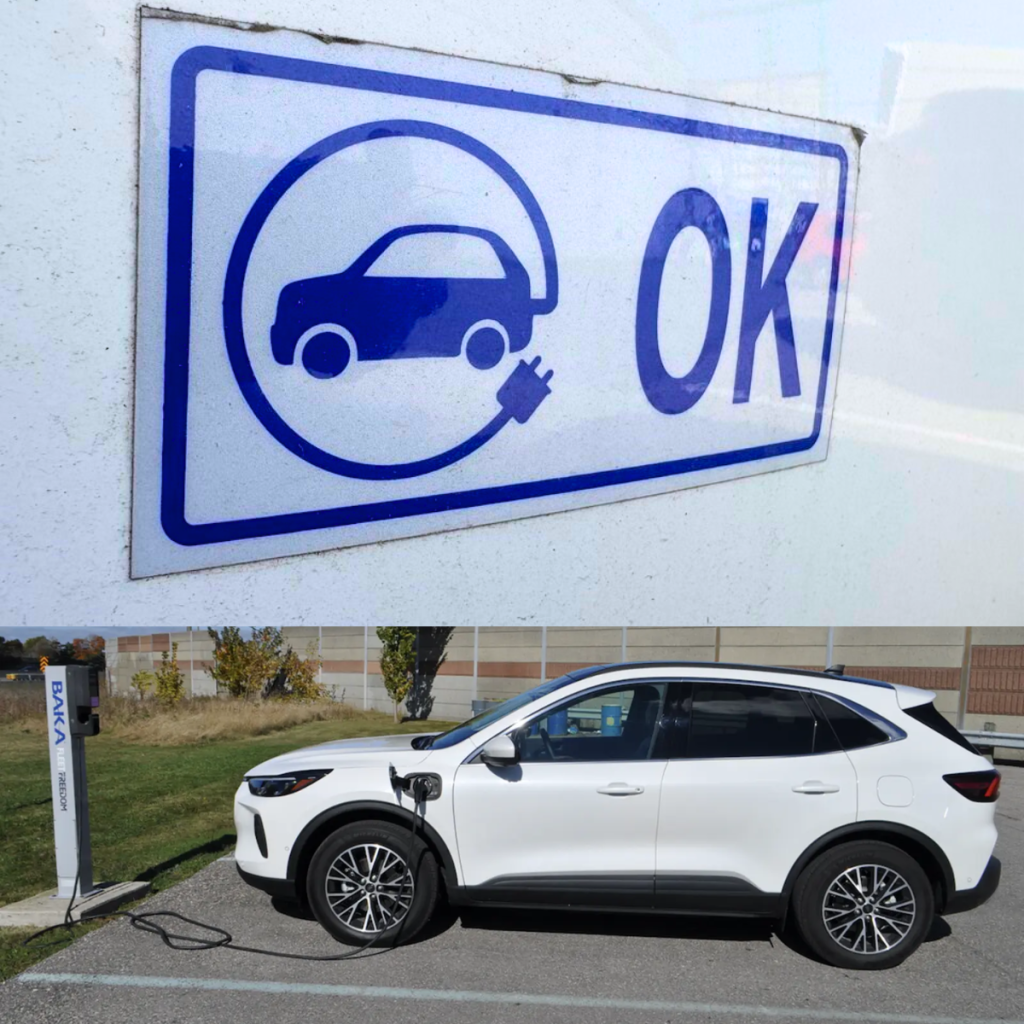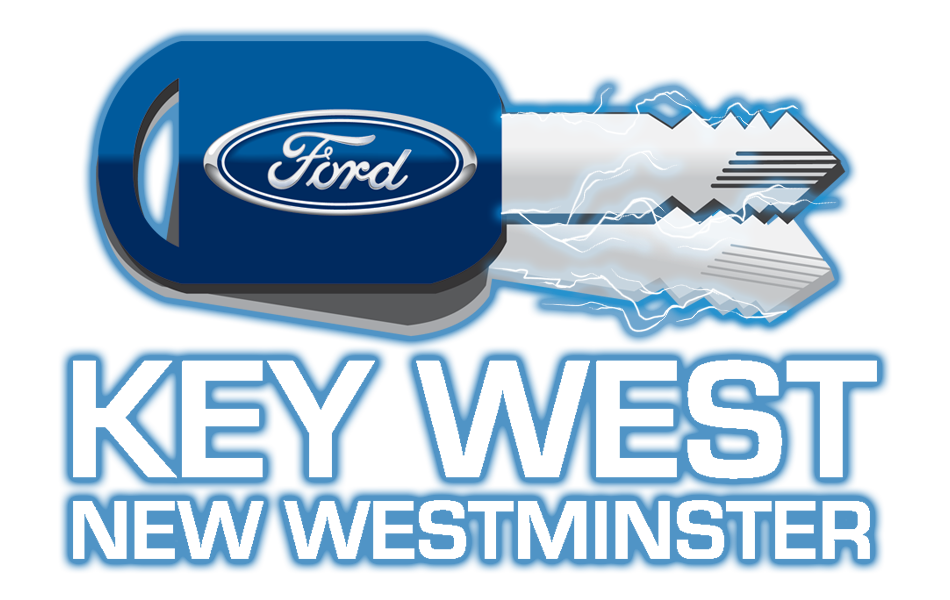British Columbia is taking another big step in supporting electric vehicle (EV) adoption by simplifying how EV drivers can access high-occupancy vehicle (HOV) lanes. Beginning August 15, 2025, eligible plug-in hybrid and battery-electric vehicles will no longer require an OK decal to use designated HOV lanes. Instead, new signage will indicate EV access, streamlining the process and removing the need for drivers to apply for decals.
This update to B.C.’s Electric Vehicle in High Occupancy Vehicle Lanes (EVHOV) program not only eliminates wait times and paperwork for EV owners, but also saves the province approximately 70,000 USD annually in administrative costs. The move reflects the growing popularity of electric vehicles across B.C. and supports the province’s broader clean transportation goals.
Additional changes include HOV lane access for eligible out-of-province EVs and electric heavy-duty trucks where signage permits, encouraging more efficient freight movement and reducing overall emissions. However, hydrogen fuel cell vehicles will no longer qualify for single-occupant HOV use under the new rules unless they meet the minimum passenger requirement.
These changes mark a positive shift toward convenience and sustainability, making it easier than ever for EV drivers in B.C. to enjoy time-saving HOV access. The Ministry of Transportation and Transit will continue monitoring HOV lane capacity to ensure it remains effective and efficient for all permitted users.

